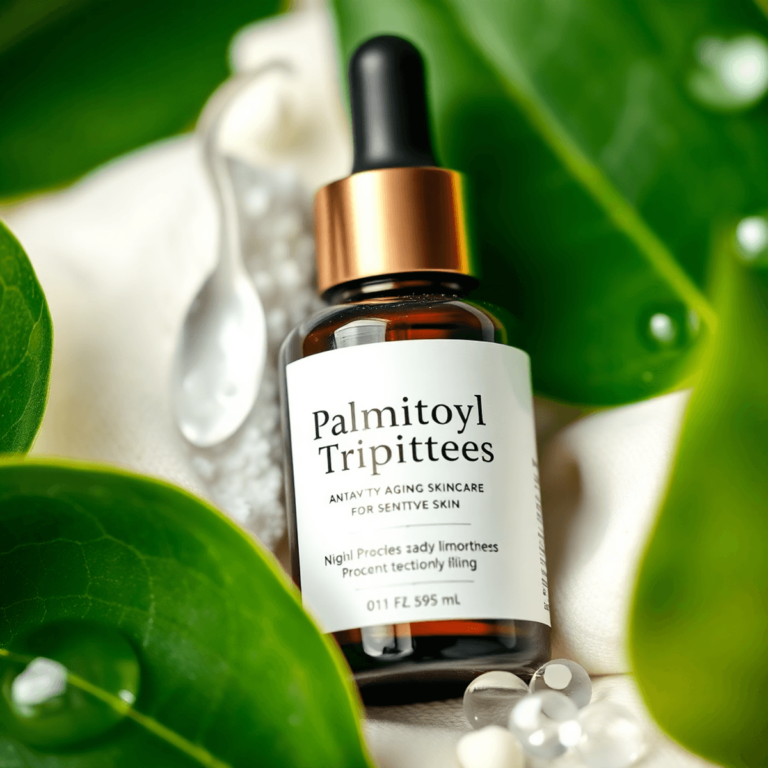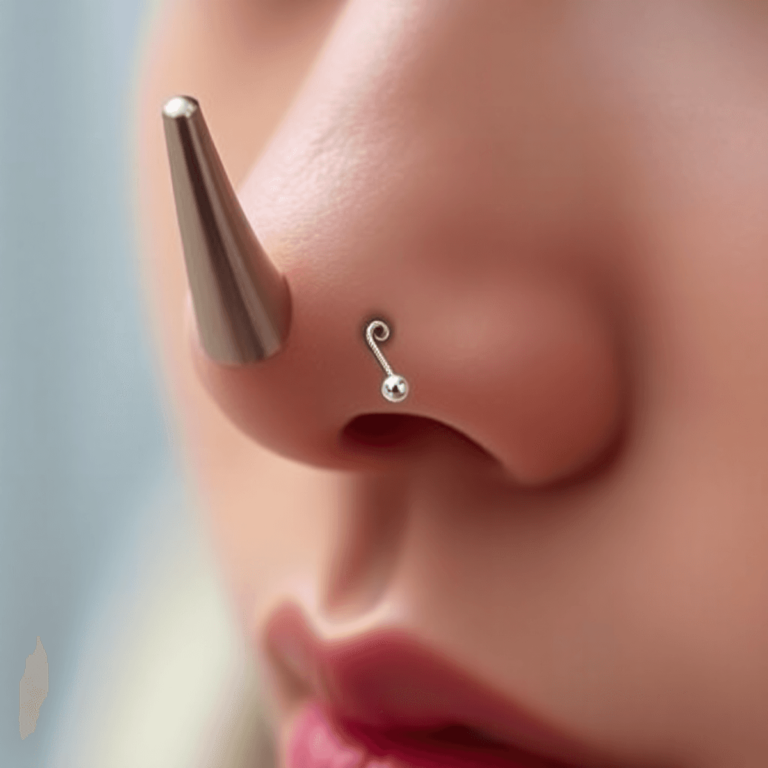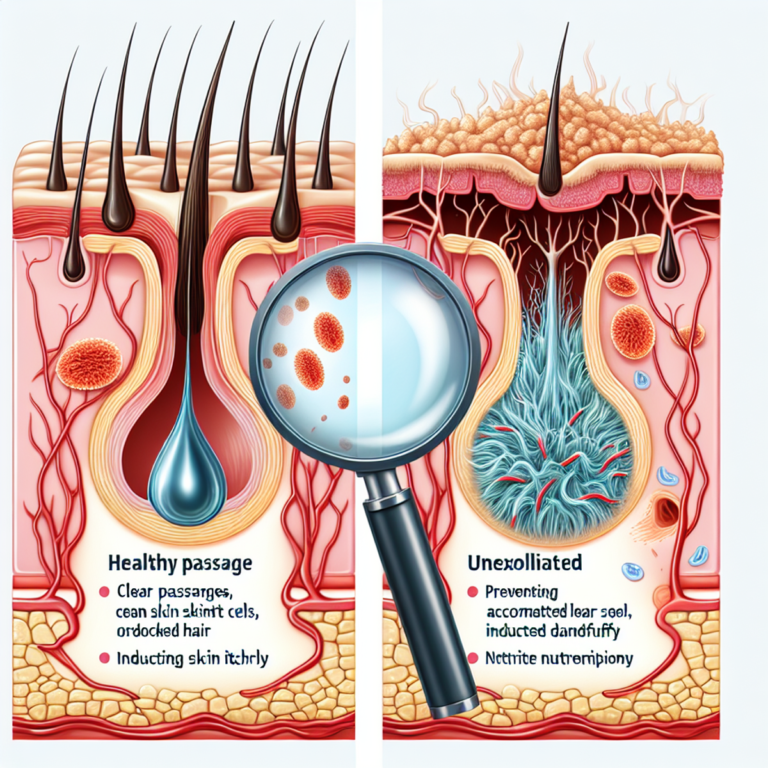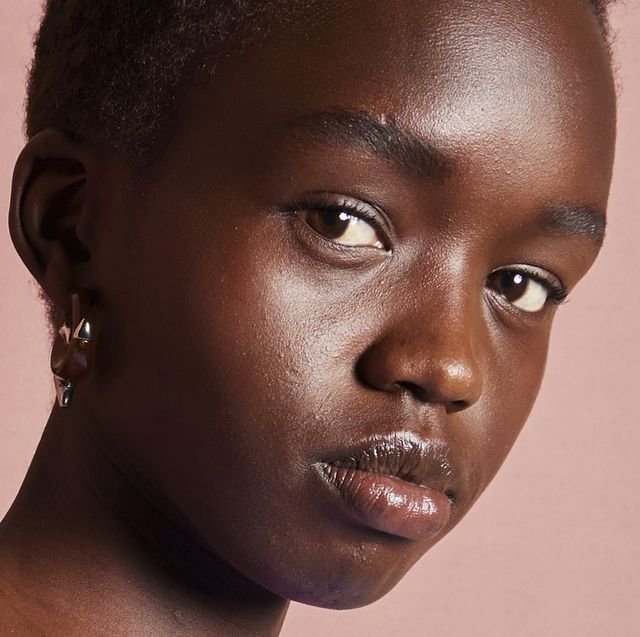Get rid of pimples
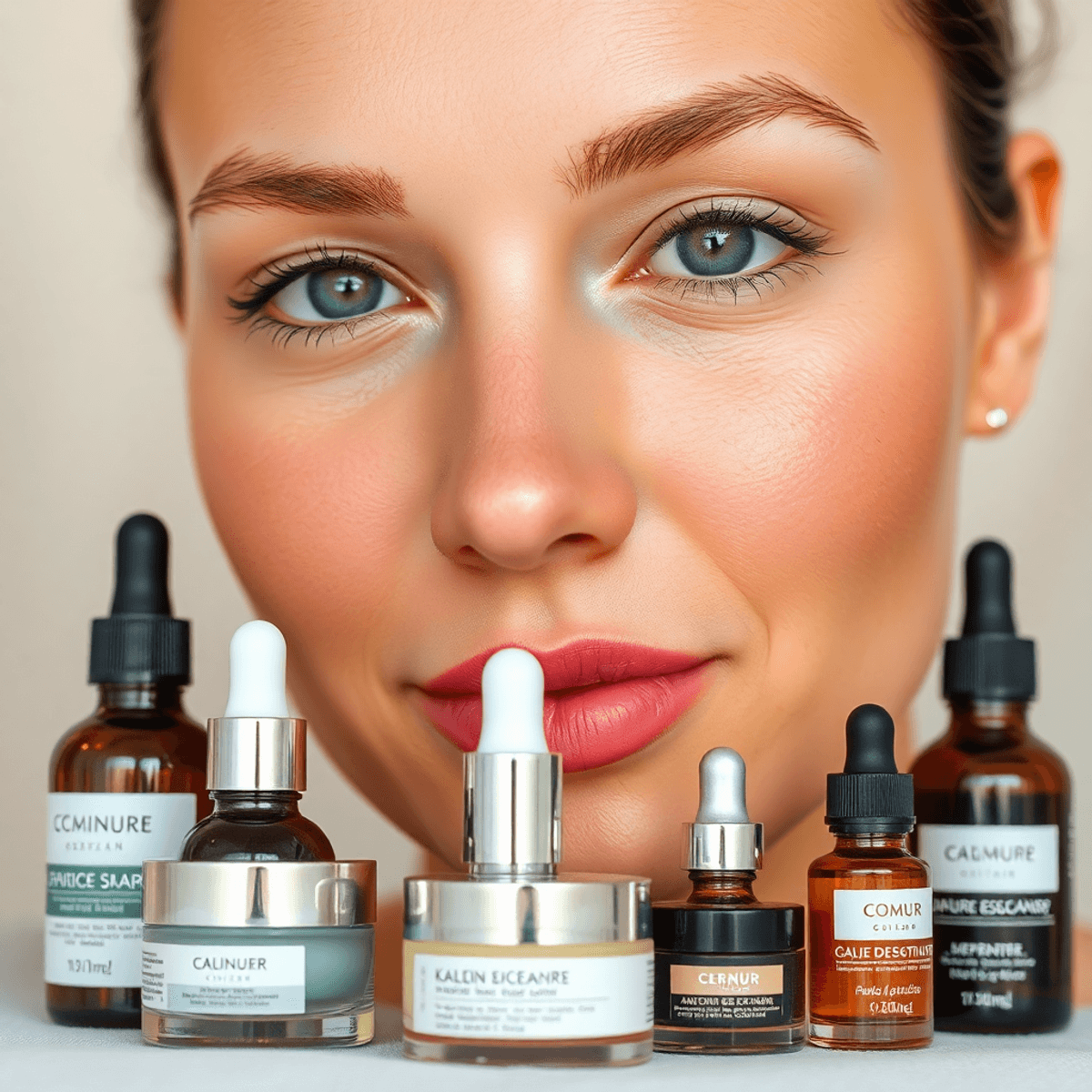
Introduction
Finding yet another unwanted pimple in the mirror can be frustrating and disheartening. You’re not alone – millions of people worldwide struggle with acne breakouts, searching for effective solutions to achieve clear, healthy skin.
The quest to get rid of pimples often leads to:
- Trying countless skincare products
- Testing various home remedies
- Experimenting with different dietary changes
- Seeking professional treatments
The impact of acne goes beyond how you look. Many people feel less confident and anxious in social situations because of ongoing breakouts. Whether you have occasional spots or long-lasting acne, it can be tough to figure out the best way to treat it.
This guide will show you proven ways to fight pimples effectively. You’ll learn about:
- Why pimples form
- Over-the-counter treatments that work
- Natural remedies that actually help
- Professional treatment options
- Lifestyle changes for clearer skin
- Tips to stop future breakouts
Ready to transform your skin? Let’s explore the most effective methods to banish those stubborn pimples and help you achieve the clear, healthy complexion you deserve.
Understanding Pimples
Pimples develop through a complex process involving your skin’s natural functions. These small but troublesome bumps appear in several distinct forms:
1. Whiteheads
- Closed comedones with trapped oil and dead skin cells
- Appear as small, white-topped bumps
- Remain sealed beneath the skin’s surface
2. Blackheads
- Open comedones exposed to air
- Dark appearance due to oxidation
- Often found in T-zone areas (forehead, nose, chin)
3. Papules and Pustules
- Red, inflamed bumps without visible centers
- White or yellow centers filled with pus
- Tender to touch and prone to scarring
The formation of pimples starts deep within your hair follicles. Each follicle contains a sebaceous gland that produces sebum – your skin’s natural oil. This process typically maintains healthy skin, but problems arise when:
- Dead skin cells build up and mix with excess oil
- Bacteria multiply in the clogged pore
- Inflammation develops as your immune system responds
Your skin’s pores become blocked through several mechanisms:
Primary Causes of Clogged Pores
- Excessive sebum production
- Irregular skin cell turnover
- Bacterial growth
- Hormonal changes
- Environmental factors
The combination of oil and dead skin cells creates an ideal environment for P. acnes bacteria to thrive. These bacteria trigger your body’s inflammatory response, leading to the redness, swelling, and discomfort associated with pimples.
The severity of your breakouts depends on:
- The depth of the clog within the pore
- The type of bacteria present
- Your skin’s inflammatory response
- Your individual skin type and sensitivity
Understanding these mechanisms helps identify effective treatment strategies for different types of pimples. The right approach targets both the underlying causes and visible symptoms of acne.
Causes of Pimples
Your skin‘s health is influenced by various internal and external factors that can lead to the formation of pimples. Let’s take a closer look at the main reasons behind these bothersome breakouts.
1. Hormonal Changes
Hormones play a significant role in the development of pimples. Here are some hormonal changes that can contribute to breakouts:
- Puberty triggers increased androgen production
- Menstrual cycles cause hormonal fluctuations in women
- Pregnancy-related hormonal shifts
- Polycystic ovary syndrome (PCOS) disrupts hormone balance
2. Bacterial Activity
The presence of Propionibacterium acnes bacteria is another key factor in pimple development. Here’s how this bacteria contributes to breakouts:
- Multiplies rapidly in clogged pores
- Feeds on sebum (skin oil)
- Triggers inflammation
- Creates redness and swelling
3. Lifestyle Factors
Several lifestyle choices can also impact your skin and lead to pimples. Here are some important factors to consider:
Diet Impact
Your diet can influence your skin health. Pay attention to the following dietary factors:
- High-glycemic foods spike insulin levels
- Dairy products may trigger breakouts
- Processed foods can increase inflammation
Stress Levels
Stress can have a direct effect on your skin. Consider the following ways stress may contribute to pimples:
- Elevated cortisol production
- Increased sebum production
- Compromised immune system response
Sleep Patterns
Getting enough sleep is crucial for maintaining healthy skin. Poor sleep habits can lead to:
- Disrupted hormone regulation
- Reduced skin repair processes
- Impaired cell regeneration
4. Environmental Triggers
Certain environmental factors can also trigger pimples. Be aware of the following potential culprits:
- Humidity and sweating
- Pollution exposure
- Heavy makeup or skincare products
- Bacteria on your phone screen
5. Medical Conditions
Some medical conditions may contribute to pimple formation as well. These include:
- Endocrine disorders
- Medication side effects
- Genetic predisposition
Understanding these underlying causes can help you identify your specific triggers. It’s important to note that everyone’s skin responds differently to these factors, so personalized treatment approaches are essential for effective pimple management.
Tracking your breakout patterns can provide valuable insights into which factors have the most significant impact on your skin, including how stress levels might be affecting your skin. This knowledge will empower you to make informed decisions about your skincare routine and lifestyle choices, ultimately leading to healthier, clearer skin.
Over-the-Counter Treatments for Pimples
The drugstore shelves offer powerful solutions to combat pimples effectively. Here’s your guide to the most effective over-the-counter treatments:
1. Benzoyl Peroxide
- Available in strengths from 2.5% to 10%
- Kills acne-causing bacteria deep within pores
- Start with lower concentrations to minimize skin irritation
- Apply a thin layer to affected areas once daily
- Can bleach fabrics – use white towels and pillowcases
2. Salicylic Acid
- Penetrates oil-filled pores to break down dead skin cells
- Ideal for blackheads and whiteheads
- Look for concentrations between 0.5% and 2%
- Can be found in cleansers, toners, and spot treatments
- Works best when used consistently as part of daily routine
3. Alpha Hydroxy Acids (AHAs)
- Glycolic and lactic acids promote gentle exfoliation
- Help remove surface-level dead skin cells
- Reduce appearance of acne scars
- Best used in evening skincare routines
- Start with products containing 5-8% concentration
4. Hydrocolloid Pimple Patches
- Create protective barrier over individual pimples
- Draw out fluid and pus from active breakouts
- Speed up healing process
- Prevent picking and touching
- Available in different sizes for various pimple types
5. Combination Products
- Many products combine multiple active ingredients
- Look for non-comedogenic formulations
- Choose products suited to your skin type
- Consider gel formulations for oily skin
- Cream-based products work better for dry skin
Remember to patch test new products on a small area of skin before full application. Allow 4-6 weeks of consistent use to see significant results. If skin becomes irritated, reduce frequency of application or discontinue use.
Prescription Treatments for Severe Pimples
Severe acne requires professional medical intervention when over-the-counter treatments prove ineffective. You’ll recognize the need for prescription treatments if you experience:
- Deep, painful cysts or nodules
- Widespread breakouts across face, chest, and back
- Persistent acne lasting several months
- Significant emotional distress from acne
- Risk of permanent scarring
Topical Retinoids
These vitamin A derivatives work by normalizing skin cell turnover and reducing inflammation. Popular options include:
- Tretinoin (Retin-A)
- Adapalene (Differin)
- Tazarotene (Tazorac)
Oral Antibiotics
Prescription antibiotics target bacterial infection and inflammation in severe cases:
- Doxycycline
- Minocycline
- Tetracycline
These medications typically show results within 6-8 weeks of consistent use.
Isotretinoin Treatment
Reserved for severe, resistant acne, isotretinoin (previously known as Accutane) offers a powerful solution for:
- Cystic acne
- Nodular breakouts
- Treatment-resistant cases
The treatment course runs 4-6 months, with strict monitoring due to potential side effects.
Combination Therapies
Dermatologists often prescribe multiple treatments:
- Topical antibiotics with benzoyl peroxide
- Oral antibiotics paired with retinoids
- Birth control pills for hormonal acne in women
Treatment for Specific Areas
Different body areas require tailored approaches:
- Facial Acne: Often treated with topical combinations
- Body Acne: Might need stronger oral medications
- Blind Pimples: Cortisone injections provide rapid relief
- Keratosis Pilaris (arm bumps): Treated with retinoids and exfoliants
Your dermatologist will create a personalized treatment plan based on your acne severity, skin type, and medical history. Regular follow-up appointments help monitor progress and adjust treatments as needed.
Natural Home Remedies for Pimples
Natural remedies offer gentle yet effective solutions for treating pimples at home. These time-tested methods can help reduce inflammation and promote healing without harsh chemicals.
Ice Treatment for Quick Relief
- Place ice cubes in a clean cloth or paper towel
- Apply to affected areas for 1-2 minutes
- Take a 5-minute break between applications
- Repeat 3-4 times per session
Ice therapy constricts blood vessels, reducing redness and swelling. This method works particularly well for painful, inflamed pimples and can provide immediate relief.
Tea Tree Oil: Nature’s Antibacterial Solution
- Mix 1 part tea tree oil with 9 parts water
- Apply the diluted solution with a cotton swab
- Use twice daily on affected areas
- Never apply undiluted tea tree oil directly to skin
Tea tree oil’s natural antibacterial properties help fight P. acnes bacteria while reducing inflammation. Studies show its effectiveness matches benzoyl peroxide for treating mild to moderate acne.
Aloe Vera Gel Benefits
- Extract fresh gel from an aloe leaf
- Apply directly to pimples
- Leave on for 15-20 minutes
- Rinse with cool water
Aloe vera contains natural salicylic acid and anti-inflammatory compounds that:
- Reduce redness
- Speed up healing
- Prevent scarring
- Moisturize without clogging pores
Additional Natural Solutions
- Raw honey masks (antibacterial properties)
- Green tea compresses (antioxidant effects)
- Apple cider vinegar toner (pH balancing)
These natural remedies work best when combined with proper skincare habits. Clean application tools and consistent use yield optimal results. Patch test new remedies on a small area to check for sensitivities.
Dietary Changes to Prevent Pimples
Your diet plays a crucial role in skin health. Research shows a direct link between certain foods and acne severity, making dietary modifications an effective strategy to get rid of pimples.
High Glycemic Index Foods and Acne
- Foods with high glycemic index spike blood sugar levels
- Sugar spikes trigger insulin production
- Increased insulin leads to higher sebum production
- Common high GI foods to limit:
- White bread
- Sugary drinks
- Processed snacks
- White rice
- Candy
Power of Omega-3 Fatty Acids
- Rich in anti-inflammatory properties
- Help reduce skin inflammation
- Sources of omega-3:
- Salmon
- Mackerel
- Chia seeds
- Flaxseeds
- Walnuts
Skin-Friendly Foods
- Zinc-rich foods: Pumpkin seeds, oysters, lean meats
- Vitamin A sources: Sweet potatoes, carrots, spinach
- Antioxidant-rich options: Berries, green tea, dark chocolate
- Probiotics: Yogurt, kefir, kimchi
Foods to Minimize
- Dairy products (especially skim milk)
- Whey protein supplements
- Refined carbohydrates
- Processed foods high in omega-6 fatty acids
A balanced diet rich in whole foods supports skin health. Track your food intake for 2-3 weeks to identify potential trigger foods. Replace processed snacks with fresh fruits and vegetables. Stay hydrated by drinking 8-10 glasses of water daily to help flush out toxins and maintain skin hydration.
Pro tip: Consider keeping a food diary to track how different foods affect your skin. This helps identify personal trigger foods that might cause breakouts.
Lifestyle Adjustments for Healthy Skin
Your daily habits play a crucial role in maintaining clear, healthy skin. A consistent routine combining proper hygiene, stress management, and targeted skincare practices can help prevent breakouts and promote skin healing.
Essential Hygiene Practices
- Change pillowcases twice weekly to prevent bacteria buildup
- Use clean towels for face drying
- Keep hair clean and away from face
- Sanitize phone screens regularly
- Wash hands before touching face
Effective Stress Management
- Practice deep breathing exercises for 5-10 minutes daily
- Engage in regular physical activity
- Get 7-8 hours of quality sleep
- Try yoga or meditation
- Take regular breaks during work
Targeted Skincare Solutions
For Sudden Breakouts:
- Double cleanse morning and night
- Apply spot treatments containing benzoyl peroxide
- Use oil-free moisturizers
- Avoid heavy makeup during flare-ups
For Blackheads:
- Steam face for 5-10 minutes
- Use gentle chemical exfoliants
- Apply clay masks weekly
- Keep skin hydrated
For Under-Skin Pimples:
- Apply warm compresses
- Use products with niacinamide
- Avoid harsh physical scrubs
- Keep hands off affected areas
Exercise Guidelines for Skin Health
- Shower immediately after workouts
- Wear breathable, moisture-wicking clothing
- Remove makeup before exercising
- Stay hydrated during physical activity
- Clean exercise equipment before use
Body Acne Solutions
- Wear loose-fitting, cotton clothing
- Use body washes with salicylic acid
- Exfoliate gently 2-3 times weekly
- Apply non-comedogenic body lotions
- Change out of sweaty clothes promptly
These lifestyle modifications create a foundation for maintaining clear skin. Regular implementation of these practices supports your skin’s natural healing processes and helps prevent future breakouts.
Professional Treatments for Persistent Acne
Professional treatments offer powerful solutions for stubborn acne that hasn’t responded to over-the-counter remedies. These medical-grade procedures target deep-seated pimples and can dramatically improve skin texture.
1. Chemical Peels
- Light peels using glycolic or salicylic acid remove dead skin cells and unclog pores
- Medium-depth peels containing trichloroacetic acid (TCA) penetrate deeper layers
- Deep peels with phenol address severe acne and scarring
- Results typically show after 3-6 sessions
2. Light Therapy Options
- Blue light kills acne-causing bacteria
- Red light reduces inflammation and promotes healing
- Photodynamic therapy combines light treatment with photosensitizing medications
- Sessions last 15-30 minutes with minimal downtime
3. Advanced Treatment Methods
- Microdermabrasion exfoliates skin and removes debris from pores
- Laser treatments target oil-producing glands and reduce bacteria
- Cortisone injections quickly reduce inflammation in large, painful pimples
- Radiofrequency treatments tighten skin and minimize pore size
4. Treatment for Body Acne
- Professional back facials address hard-to-reach areas
- Chemical peels specifically formulated for body acne
- LED body wraps target larger areas affected by breakouts
- Medical-grade body washes prescribed by dermatologists
These treatments work best under professional supervision. A dermatologist can create a customized treatment plan based on:
- Your skin type
- Acne severity
- Previous treatment history
- Budget considerations
- Time commitment
Professional treatments can address specific concerns like deep cystic acne, body acne, and post-inflammatory hyperpigmentation. Regular sessions help maintain clear skin and prevent future breakouts.
Skincare Practices to Avoid Breakouts
Your daily skincare choices play a crucial role in preventing pimples. Selecting non-comedogenic products helps maintain clear skin by preventing pore blockages. These specially formulated items allow your skin to breathe while providing necessary hydration.
Here’s what you need to know about non-comedogenic products:
- Look for labels stating “won’t clog pores” or “non-comedogenic”
- Choose oil-free moisturizers and sunscreens
- Use water-based makeup products
- Select gentle, fragrance-free cleansers
The urge to pop pimples can be strong, but this practice leads to:
- Increased inflammation
- Bacterial spread
- Prolonged healing time
- Potential scarring
- Deeper skin damage
Instead of picking at your skin, try these alternatives:
- Apply a spot treatment containing salicylic acid
- Use hydrocolloid patches to protect the area
- Keep your hands away from your face
- Change pillowcases twice weekly
- Clean your phone screen regularly
Your skincare routine should include gentle cleansing twice daily. Pat your face dry with a clean towel rather than rubbing, which can irritate active breakouts. Remember to clean makeup brushes weekly and replace them every three months to prevent bacterial buildup.
For adults struggling with persistent acne, it may be beneficial to explore different methods and treatments. As discussed in this insightful article on how adult acne can be managed, understanding your skin type and adapting your skincare routine accordingly can lead to significant improvements.
Dealing with Pimple Scars and Marks
Pimple marks and scars are two different types of skin damage. Marks are flat, discolored areas that naturally fade over time, while scars create permanent textural changes in your skin, appearing as either raised or indented surfaces.
Effective Treatments for Pimple Scars:
- Vitamin C serums stimulate collagen production
- Retinol-based products encourage skin cell turnover
- Niacinamide helps reduce inflammation and redness
- Alpha-hydroxy acids (AHAs) promote gentle exfoliation
Professional Scar Removal Options:
- Microneedling creates controlled micro-injuries
- Laser therapy targets deep scar tissue
- Chemical peels remove damaged skin layers
- Dermal fillers temporarily fill indented scars
Natural Remedies for Fading Marks:
- Raw honey provides antibacterial properties
- Lemon juice acts as a natural lightening agent
- Rosehip oil delivers essential fatty acids
- Aloe vera gel speeds up healing
For stubborn scars, specialized creams containing ingredients like kojic acid, arbutin, or hydroquinone can help fade discoloration. These products work best when applied consistently over several weeks.
Remember to protect your healing skin from sun damage by applying broad-spectrum sunscreen daily. UV exposure can darken existing marks and slow down the healing process.
Long-term Strategies for Clear Skin
Clear, pimple-free skin requires dedication to a comprehensive approach. A balanced diet rich in antioxidants, vitamins, and minerals supports skin health from within. Regular exercise improves blood circulation, delivering essential nutrients to your skin cells while helping regulate hormone levels.
Key Components of a Sustainable Skincare Strategy:
- Consistent Skincare Routine
- Cleanse twice daily
- Apply treatments at night
- Use sunscreen during the day
- Change pillowcases weekly
- Stress Management
- Practice meditation
- Get 7-8 hours of sleep
- Stay hydrated
- Limit screen time before bed
- Diet and Exercise
- Eat leafy greens and colorful fruits
- Include omega-3 rich foods
- Exercise 30 minutes daily
- Maintain proper hydration
Results take time – expect 4-6 weeks before seeing significant improvements. Track your progress with photos to notice gradual changes. If your acne persists despite following these strategies, consult a dermatologist. They can create a personalized treatment plan targeting your specific skin concerns.
Remember: Clear skin is a journey, not a destination. Small, consistent actions create lasting results. Stay committed to your routine, and you’ll develop habits that support healthy, clear skin for years to come.
FAQs (Frequently Asked Questions)
What are the common causes of pimples?
Pimples can be caused by a variety of factors including hormonal changes, bacteria, lifestyle choices, and diet. Hormonal fluctuations can lead to increased oil production, while stress and lack of sleep may also contribute to pimple formation.
What over-the-counter treatments are effective for pimples?
Effective over-the-counter treatments include benzoyl peroxide, salicylic acid, and alpha hydroxy acids (AHAs). These ingredients help to reduce inflammation, unclog pores, and kill acne-causing bacteria.
How can I remove pimples overnight?
To remove pimples overnight, you can apply ice to reduce swelling, use diluted tea tree oil for its antibacterial properties, or apply hydrocolloid pimple patches that help draw out impurities.
What dietary changes can help prevent pimples?
Incorporating low glycemic index foods and omega-3 fatty acids into your diet can help prevent pimples. Foods rich in antioxidants and vitamins also promote healthy skin and may reduce acne severity.
What skincare practices should I follow to avoid breakouts?
To avoid breakouts, maintain proper hygiene by cleansing your face regularly with non-comedogenic products. It’s also important to avoid picking or popping pimples as this can lead to scarring and further irritation.
When should I consider professional treatments for persistent acne?
If you have severe or persistent acne that does not respond to over-the-counter treatments, it may be time to consider professional options such as chemical peels, light therapy, or prescription medications like topical retinoids or oral antibiotics.


